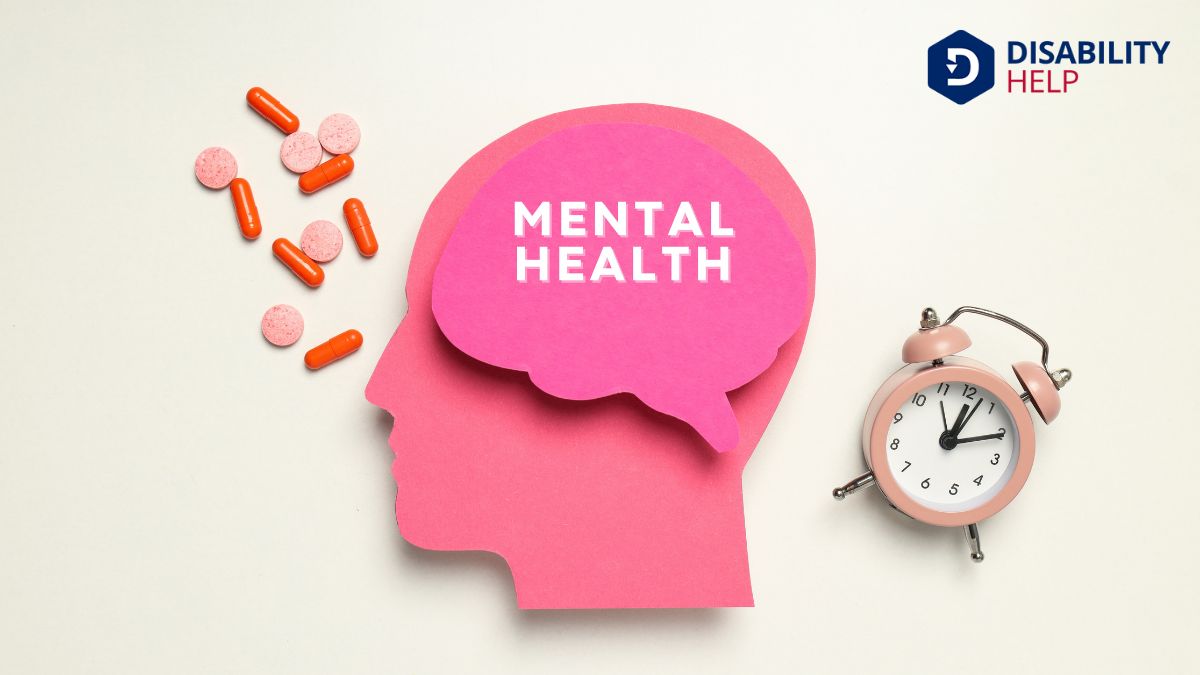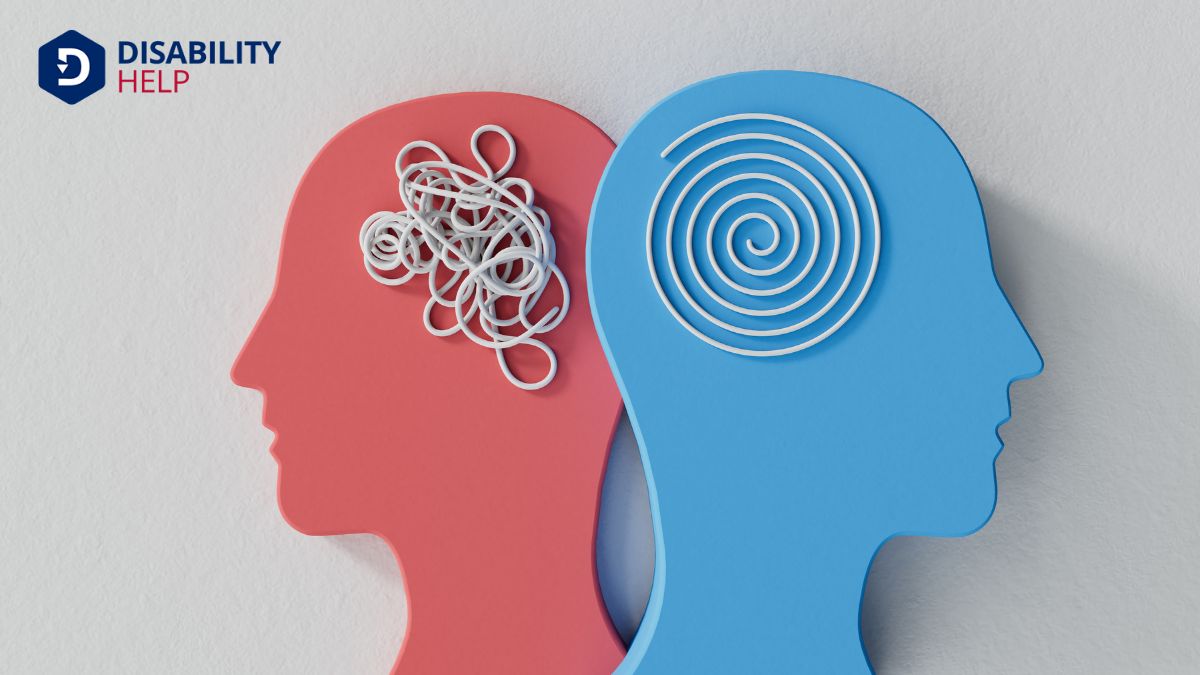In today’s fast-paced work environment, mental health days are essential for promoting well-being and productivity. They provide a crucial opportunity to recharge and address stress or anxiety, leading to increased focus and creativity. By recognizing and acting on mental health needs, we support a culture of openness and communication. This fosters a healthier workplace, improving engagement and job satisfaction. Discover how mental health days can enhance our overall organizational well-being by continuing forward.
Key Takeaways
- Mental health days allow employees to recharge and address stress, enhancing overall well-being.
- Prioritizing mental health improves focus, creativity, and productivity in the workplace.
- Recognizing burnout signs and encouraging conversations foster a supportive work culture.
- Implementing mental health days reduces burnout and turnover rates among employees.
- Open communication about mental health reduces stigmaThe negative attitudes and discrimination faced by individuals with disabilities due to societal ste... and promotes a healthy work environment.
Understanding Mental Health Days

When we talk about mental health days, we're referring to time off specifically dedicated to nurturing our mental well-being.
It's essential to recognize that just as our physical health requires care, our mental health does too. Taking a mental health day allows us to recharge, reflect, and address any stress or anxiety we may be experiencing.
By stepping away from daily routines, we create space to focus on activities that promote relaxation and emotional rejuvenation.
We often hear about the importance of self-care, but putting it into practice can be challenging.
Mental health days offer a structured opportunity to prioritize ourselves. It's not just about escaping responsibilities but actively choosing to support our mental resilienceThe ability of individuals with disabilities to cope with and adapt to challenges and adversity..
Recognizing this need and taking action is a critical step towards overall well-being.
The Impact of Mental Health on Productivity
Productivity thrives in an environment where mental health is prioritized. When we feel mentally healthy, we're more focused, creative, and engaged. Our work benefits, resulting in higher quality output and more efficient use of time.
It's important to acknowledge that mental health challenges can affect anyone, and when they do, our productivity can take a hit. Stress, anxiety, and depressionA mental health condition marked by persistent feelings of sadness and loss of interest. can lead to decreased motivation and difficulty concentrating.
As a team, we should support one another in maintaining mental well-being, recognizing that a healthy mind is essential for peak performance. By encouraging open conversations and providing resources for mental health, we create a workplace where everyone can thrive and contribute their best.
Let's prioritize mental health for productivity's sake.
Recognizing Signs of Burnout
As we consider the importance of mental health days, let's recognize the signs of burnout that might be affecting us.
We should pay attention to symptoms like chronic exhaustion, emotional withdrawal, and noticeable drops in productivity.
Identifying Exhaustion Symptoms
Burnout isn't just a buzzword; it's a serious condition that can impact every facet of our lives. Recognizing the symptoms of exhaustion is vital for preventing burnout.
When we find ourselves feeling perpetually tired, even after a full night's sleep, it's a red flag. We may also notice a significant drop in our productivity or struggle to focus on tasks that were once routine.
Physical symptoms like frequent headaches, muscle tension, or changes in appetite can signal that we're overworked. Additionally, we might experience heightened irritability or impatience that affects our interactions with colleagues.
Let's not ignore these signs. By identifying exhaustion early, we can take proactive steps to recharge and maintain our well-being, ensuring we're at our best both professionally and personally.
Emotional Withdrawal Indicators
Let's face it, when we're emotionally checked out at work, it's a clear sign that burnout is creeping in.
We might start noticing a lack of enthusiasm for projects we once enjoyed or a feeling of detachment from our colleagues. These emotional withdrawal indicators can manifest as irritability, cynicism, or even a sense of hopelessness about our roles.
It's essential we pay attention to these signs, as they signal the need for taking a step back to recharge.
We shouldn't ignore the internal alarm bells. Creating space for mental health days can help us reconnect with our emotions and regain clarity.
By recognizing these signs early, we're better equipped to address them and foster a healthier, more supportive work environment.
Let's prioritize our well-being.
Decreased Productivity Signals
When productivity starts to decline, it's often a red flag indicating burnout may be taking hold. We might notice tasks piling up or that we're missing deadlines more frequently. Recognizing these signs early can help us address them before they become overwhelming.
Here are some common signals of decreased productivity:
- Increased Mistakes: We're more prone to errors when our minds are fatigued.
- Procrastination: Tasks that were once easy now feel insurmountable, leading to avoidance.
- Lack of Focus: Our attention span shortens, making it difficult to concentrate on tasks.
- Decline in Output: Quantity and quality of work diminish over time.
Encouraging Open Conversations About Mental Health
Although discussing mental health can feel intimidating, it's essential that we create an environment where open conversations are encouraged and normalized. By doing this, we acknowledge mental health as crucial to our well-being, just like physical health.
Let's break the stigma and foster a safe space where everyone feels comfortable expressing their needs and concerns.
We can start by actively listening and showing empathyThe ability to understand and share the feelings of another, particularly important in understanding... when someone shares their experiences. Encouraging managers and team leaders to model open dialogue about mental health can set a positive example.
Sharing resources, such as articles or workshops, can also help us understand and support each other better. By prioritizing these conversations, we make strides toward a healthier workplace, where everyone feels valued and supported.
Building a Supportive Workplace Culture
To build a supportive workplace culture, we must encourage open communication and make employee well-being a priority.
When we listen and share openly, it creates trust and makes it easier for everyone to address mental health needs.
Let's commit to fostering an environment where everyone feels valued and supported.
Encourage Open Communication
Fostering open communication in the workplace is essential for building a supportive environment where employees feel valued and understood.
When we encourage transparency and dialogue, we create a culture that nurtures mental well-being.
Imagine a workplace where:
- Team members freely share ideas without fear of judgment.
- Managers actively listen, showing empathy and understanding.
- Feedback loops are consistent, allowing for growth and improvement.
- Concerns about mental health can be openly addressed, reducing stigma.
In such an environment, we foster trust and collaboration.
This openness helps us identify struggles early and provides support where needed.
It’s about creating a space where everyone feels heard and respected, paving the way for a healthier, more productive workplace.
Let’s commit to making communication a priority.
Prioritize Employee Well-being
Well-being lies at the heart of a thriving workplace culture. When we prioritize our employees' mental health, we cultivate an environment where everyone feels valued and supported.
By recognizing the importance of mental health days, we're signaling that taking time to recharge isn’t just acceptable—it’s encouraged.
To build a supportive workplace culture, we must actively listen to our employees' needs and concerns. Let's create policies that acknowledge the importance of mental health and provide resources for those seeking help.
Encouraging regular check-ins and ensuring workloads are manageable can prevent burnout.
When we prioritize well-being, we’re investing in our team’s happiness and productivity. It’s about fostering an atmosphere where everyone can bring their best selves to work, every day.
Benefits of Mental Health Days for Employees
Although often overlooked, granting mental health days to employees can markedly enhance their overall productivity and job satisfaction.
When we allow ourselves time to recharge, we experience various benefits:
- Reduced Stress: Taking a break helps alleviate overwhelming stress, allowing us to return with a clearer mindset.
- Improved Focus: Stepping away from daily pressures enables us to refocus our energies and tackle tasks more effectively upon return.
- Boosted Creativity: Mental health days provide the space needed for creative ideas to flourish, fostering innovation.
- Enhanced Morale: Knowing our well-being is valued boosts our morale, leading to a more positive workplace environment.
How Organizations Can Implement Mental Health Days
When we consider implementing mental health days in the workplace, it’s important to approach the process with thoughtful planning and clear communication. First, we need to establish a policy that defines what a mental health day entails. This helps everyone understand its purpose and benefits.
We should communicate this policy openly, ensuring that employees know they can request these days without stigma.
Next, we can train managers to recognize signs of burnout and encourage mental health conversations. It’s vital to build a supportive culture where taking a mental health day is as accepted as a sick day.
Additionally, providing resources like employee assistance programs can offer further support. By prioritizing mental health, we foster a healthier, more productive work environment.
Measuring the Success of Mental Health Initiatives

To effectively measure the success of mental health initiatives, we need to establish clear metrics and goals from the outset.
It’s vital to understand what success looks like. Here’s how we can visualize and track our progress:
- Employee Feedback: Gather regular surveys to gauge employee satisfaction and mental well-being. This provides direct insight into the initiative's impact.
- Absenteeism Rates: Monitor changes in absenteeism. A decrease may indicate that mental health days are helping employees recharge effectively.
- Productivity Levels: Evaluate work output and efficiency to see if mental health initiatives correlate with improved performance.
- Healthcare Costs: Analyze changes in health-related expenses. Lower costs could signify a healthier workforce, highlighting initiative success.
Conclusion
To summarize, let's prioritize mental health days in our workplaces. By recognizing the signs of burnout and fostering open conversations, we can create a supportive culture that values well-being. Encouraging these days not only boosts employee morale but also enhances productivity and creativity. As organizations, we have the power to implement mental health initiatives and measure their success, ensuring a healthier, happier workforce. Together, we can make a significant impact on our collective mental health.






